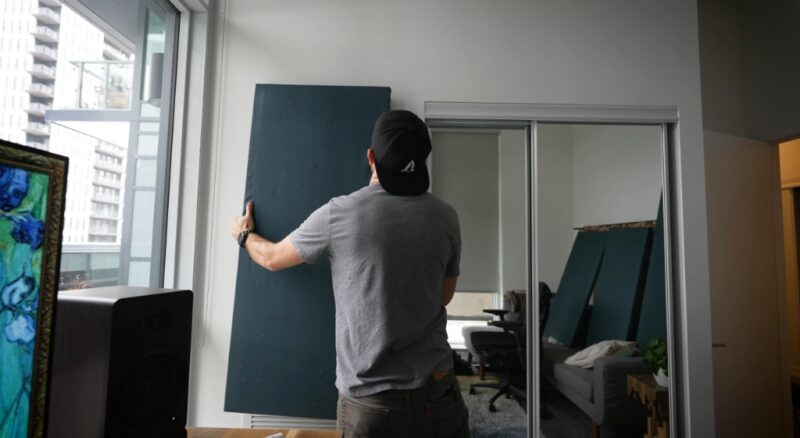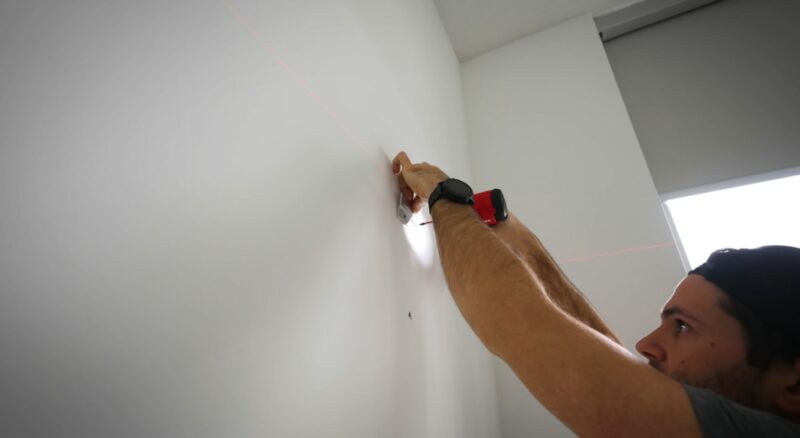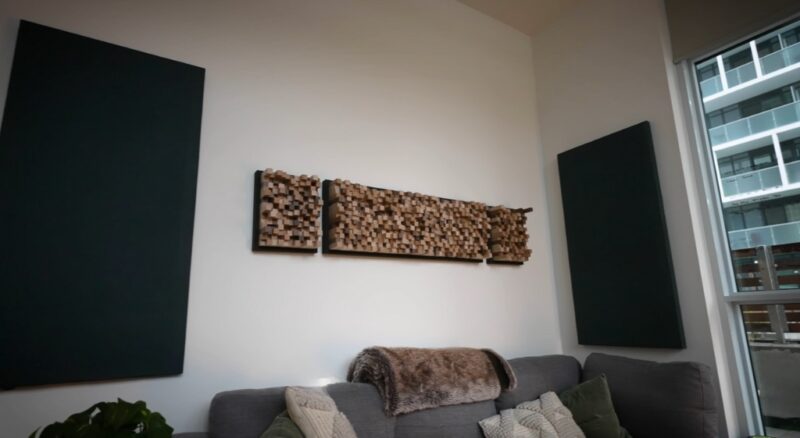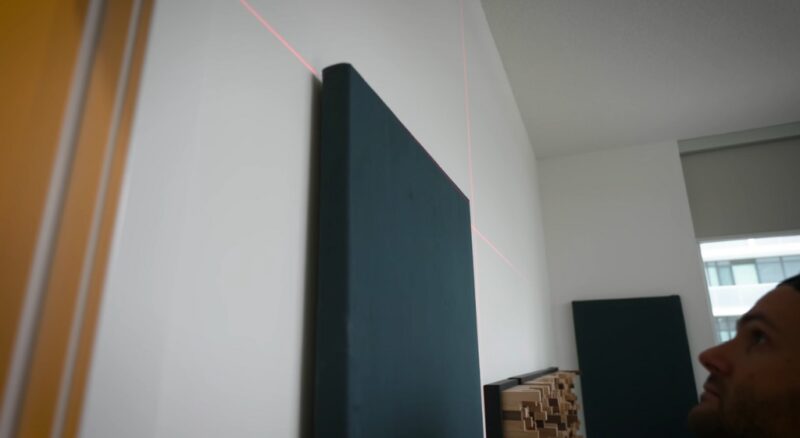When it comes to creating the perfect sound environment, hanging acoustic panels can have a significant impact. They are designed specifically to absorb sound and reduce echo and are an essential addition to any room where sound quality matters.
The benefits are not only about the attractive appearance, as they play a very important role in improving the overall sound quality.
On the other hand, choosing the right materials and items to include in the overall soundproofing is also essential. If you are interested in high-quality Acoustic panels, check out acousticpanels.co.uk. Also, here are some tips to secure the best sound.
Choose the Right Design
Identifying the primary reflection points is another essential factor to consider when deciding where to place them. Reflection points are where sound waves bounce off walls, floors, and ceilings, creating unwanted echoes and reverberation.
Installation in these areas will help to limit the sound waves and reduce echo, making your audio experience more clear and balanced.
The size and shape of the room are other important details that will help you complete this process and ensure the right efficiency. An irregularly shaped room, for example, may require more pieces to balance the sound compared to a rectangular room with parallel walls.
All of these factors are necessary before you can continue to other processes. In that matter, compare different solutions to make sure that you are buying the right one.
Determine the Right Type and Size

Choosing the right type and size is crucial to ensuring their maximum impact in improving sound quality and reducing echo. Understanding the various options available and matching them with the dimensions and needs of the space will optimize their effectiveness.
When it comes to types, you can choose from several well-known options. Fabric-wrapped units are a popular choice as they not only absorb sound but also add a visually appealing element to the room.
They are available in various colors and patterns, which is a great solution since you can easily find one that will fit into the preferred design. Another solution is foam, which is lightweight and easy to install. This model is typically made from high-density foam and is effective in absorbing mid to high-frequency sounds.
There are also perforated wood panels, which offer both acoustic properties and an attractive aesthetic. They are designed to absorb sound while also adding a touch of elegance to the room.
Another important factor is to consider the dimensions of the room and the level of sound absorption required. As we already mentioned, they come in different sizes, ranging from small squares to large rectangular shapes.
You should cover at least 25% to 50% of the wall surface. This distribution will help to break up sound waves and reduce echo effectively. Additionally, considering the thickness of the unit is important, as thicker ones tend to have better sound absorption capabilities.
Prepare the Walls
The first step is quite simple, which is to clean the walls and other surfaces before installation. Wipe down the walls with a damp cloth or use a mild detergent solution to remove any dirt, dust, or debris.
This will provide a clean surface to adhere to and prevent any interference with their effectiveness. After that, inspect the walls for any holes or cracks. Fill these imperfections with spackle or putty and smooth them out using a putty knife.
Allow the filler to dry completely, and then sand the patched areas until they are smooth and level with the rest of the wall. By creating a smooth surface, you will ensure a seamless installation process.
In some cases, the walls may have a textured or uneven surface that needs to be addressed before installing the panels. If the texture is light, sanding the uneven areas may suffice. However, if the texture is more pronounced or the surface is heavily uneven, applying a skim coat of joint compound can help create a smoother surface.
Use the Right Mounting Method

There are several mounting methods available for installing acoustic panels, depending on their type and weight.
- Adhesive: It is suitable for lightweight panels, such as foam or fabric-wrapped panels. A strong adhesive, specifically designed for wall applications, is applied to the back of the panel, and then the panel is pressed firmly onto the wall.
- Mechanical: It involves using screws, anchors, or brackets to secure the panels to the wall. It is commonly used for heavier panels, such as perforated wood panels. Brackets or cleats can be attached to the back of the panels, allowing them to be securely mounted onto the wall.
When choosing a mounting method, it’s crucial to consider the type of wall surface. Different surfaces, such as drywall, concrete, or wood, may require different hardware or techniques.
The key is to always ask a professional for assistance or advice. Trying to deal with this on your own without proper skills and experience could only lead to delays and costly mistakes.
Combine Appearance and Functionality
Consider the color and style of the panels to complement the existing aesthetic of the room. This approach not only enhances sound quality but also adds to the overall look of the space.
Some acoustic panels come with additional features like built-in lighting or artwork. These options can add a unique touch to the room while serving the primary purpose of sound absorption. Therefore, never rush with your choice. There might be a model that can provide perfect soundproofing, but simply cannot go well in terms of design, and vice versa.
Conclusion

Properly hanging acoustic panels is a key step in achieving superior sound quality in any space. It involves a careful balance of technical knowledge and aesthetic considerations.
By choosing the right type of panels, determining their optimal placement based on room acoustics, and using appropriate mounting methods, you can significantly reduce unwanted echoes and reverberations. In the end, a simple solution is to select only well-known manufacturers but also to hire experts to install these if you don’t have enough experience.

